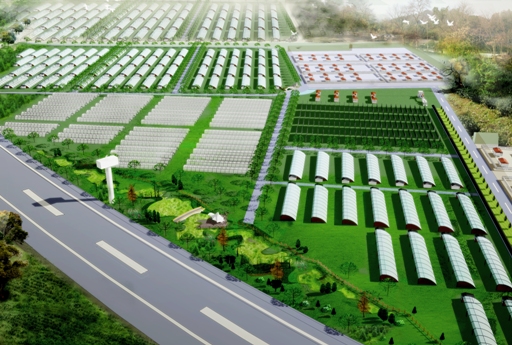
Linjun Yu's Home Page
Go Gator
About me
 I was born and grew up in HeBei China. I spent 4 years in Shijiazhuang,for my undergraduate study in industry engerring at Hebei Science and Technology University. After graduation, I was admitted in China Agriculture Univeristy for GIS study, and I received my master degree in Catoology and Geographic Information Science. After graudate, I fined a job in Earth view Inc. as a software engineer. I spend alomst tree years there.
Currently, I am a landuse and Geo technology PhD student in China Aguriculture University and come to the Department of Urban and Regional Planning at University of Florida as a vistor schooler. My research interests focus on application of GIS technologies in urban planning, land use and transportation modeling.
I was born and grew up in HeBei China. I spent 4 years in Shijiazhuang,for my undergraduate study in industry engerring at Hebei Science and Technology University. After graduation, I was admitted in China Agriculture Univeristy for GIS study, and I received my master degree in Catoology and Geographic Information Science. After graudate, I fined a job in Earth view Inc. as a software engineer. I spend alomst tree years there.
Currently, I am a landuse and Geo technology PhD student in China Aguriculture University and come to the Department of Urban and Regional Planning at University of Florida as a vistor schooler. My research interests focus on application of GIS technologies in urban planning, land use and transportation modeling.
Contact Info: ljyu@ufl.edu
Header
Land use, transportation and environment policy is crucial for socio-economic and sustainable envelopment of a nation.2D GIS, as a sophisticated system has been wieldy used in maintaining and analyzing spatial and semantic information on spatial objects since early '90 and the technologies for geo-data3 D visualizations is becoming a promising branch and have been applied in land use and security, transportation disaster management, city planning and educations. At present this is a huge market for online mapping services comparing to traditional GIS users. Internet GIS and Web mapping have been applied in these areas. Google Earth and related tools such as 'Sketch-Up' have very quickly become part of the tool set of those, especially within the transportation system planning community, interested in visualization. Most existing 3D applications in the field of operational policy-making, for example for urban lay-outs or infrastructural constructs give very precise information about projects. They show highly detailed designs at well defined locations and are often meant for giving information on short term changes.  The output of land use and transportation models, in favor of strategic planning, however consists usually of rather coarse grid cells. This implies that the level of detail and
time scale of the output of the land use and transportation model and its 3D visualization should be congruent. However, there still exists a major issue that is how to generate and provide 3D and 2D geo-data with the spatial and temporal aspect to kinds of areas through the Web
The output of land use and transportation models, in favor of strategic planning, however consists usually of rather coarse grid cells. This implies that the level of detail and
time scale of the output of the land use and transportation model and its 3D visualization should be congruent. However, there still exists a major issue that is how to generate and provide 3D and 2D geo-data with the spatial and temporal aspect to kinds of areas through the Web
Consequently, there are two main aims. Firstly, we want to develop some models for Land Use and Transportation planning and evaluate their sustainability impacts on environment based on GIS and 3D virtualization technology. Secondly, this research aims to improve and extend the understanding of the integration of transportation and land use modeling to Web GIS, 2D and 3D spatial-temporal data and to methodically design and exploit a web framework which provide 3D and 2D spatial-temporal geo-data services for transportation planning and which must be extendable to meet further requirements such as data search, access, retrieval integration, visualization, etc. Also, a demo client system and a case study of transportation planning are needed